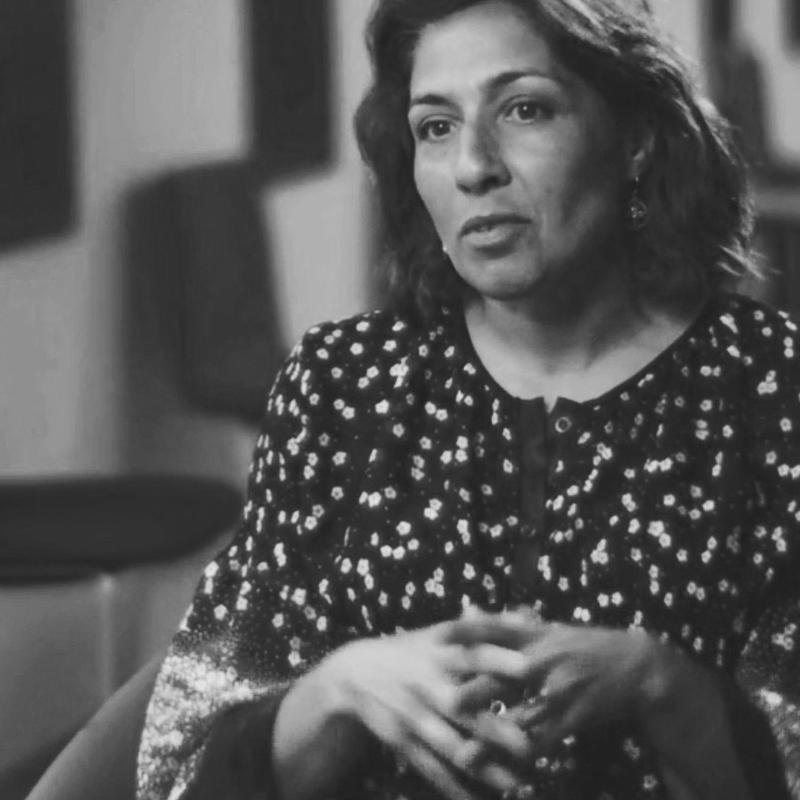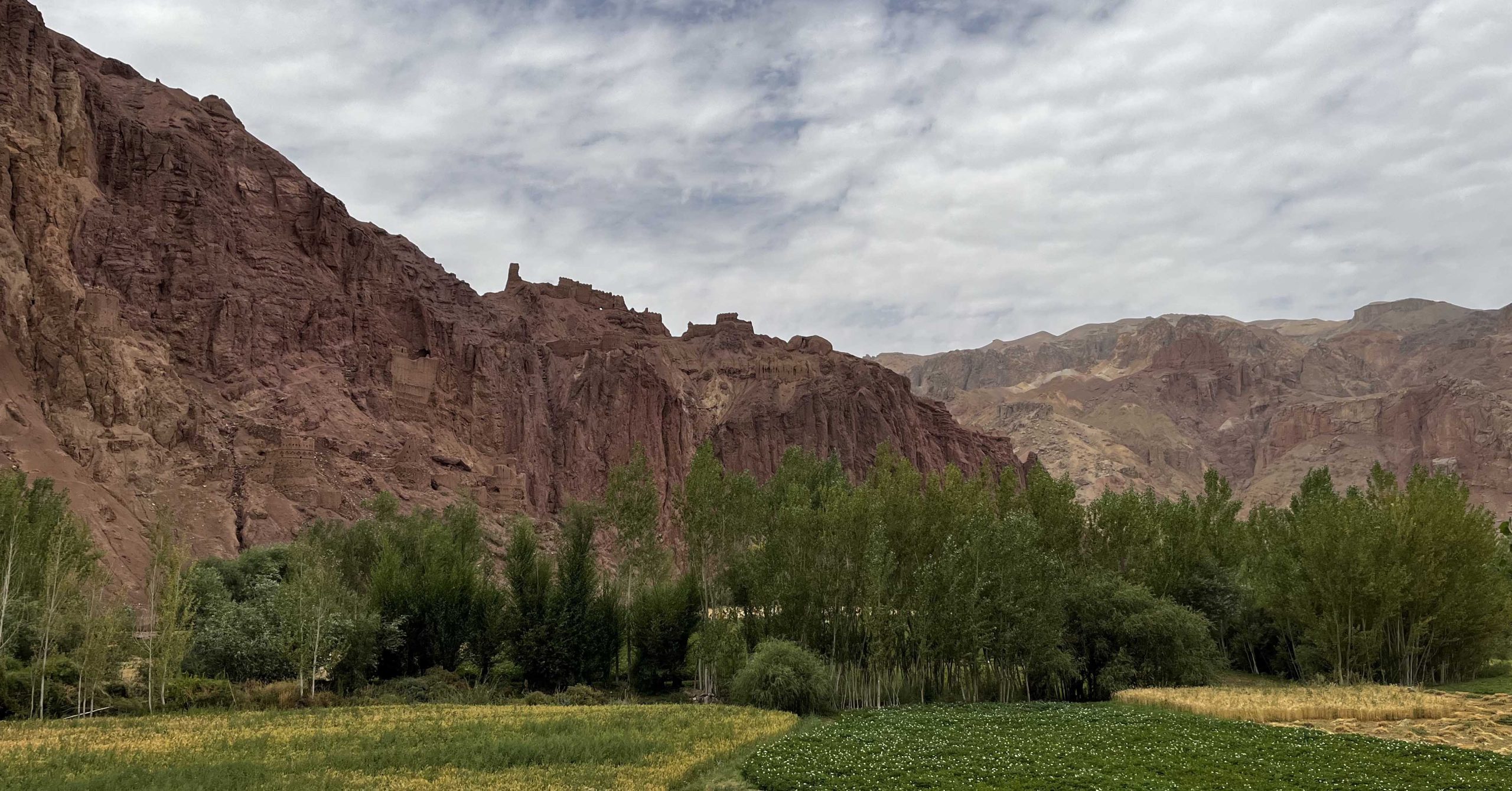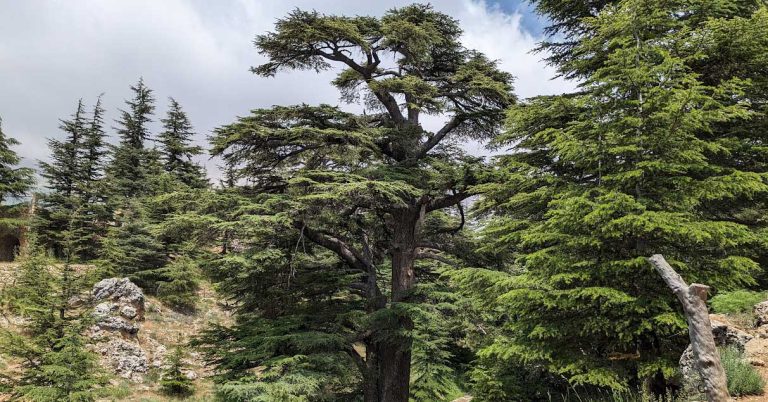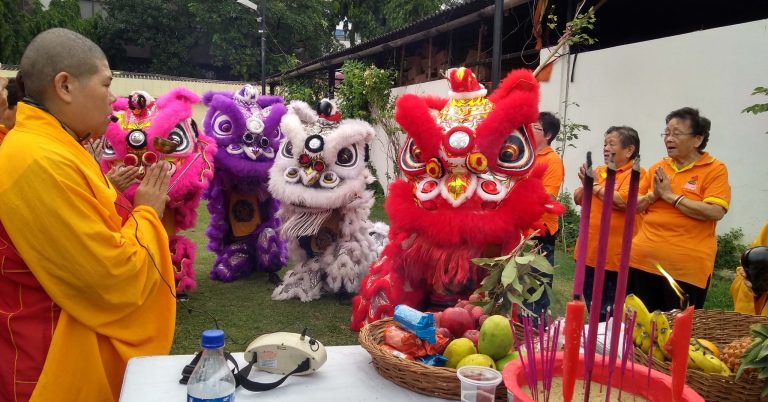
By Arezou Azad

Arezou Adaz uncovers the untold history of rural life in medieval Bamiyan in The Warehouse of Bamiyan: Economic Life in Medieval Afghanistan.
Tell us about your book.
Bamiyan, in present-day Afghanistan, is best known for its colossal Buddha statues—icons of world heritage tragically destroyed in 2001 in a widely-publicised Taliban attack. These statues stood for more than 1,500 years, surviving many centuries of Muslim rule. I use the term ‘Islamicate’ to describe that world: although its rulers were Muslim, the population was remarkably diverse, including Buddhists, Jews, Zoroastrians, Christians and followers of local cults, alongside Muslims.
Until recently, we knew little about the everyday lives of people in Bamiyan and the wider region of Khurasan, which once stretched across parts of modern Iran, Turkmenistan, Afghanistan and Uzbekistan. My book focuses on one extraordinary discovery: a state-run warehouse that managed agricultural tax collections for the sultan in the 12th and early 13th centuries. Part of its archive has miraculously survived, offering a vivid window into the economic lives of farmers, landholders and labourers producing wheat, barley and coarse grains.
By examining the documents themselves, the book reveals a sophisticated bureaucratic system which challenges many assumptions: that medieval people were largely illiterate, lived only at the edge of subsistence or that communities of different faiths existed in isolation. Instead, we see people with ambitions and mobility, earning enough to have disposable incomes and working within multilingual and multi-religious networks.
My interest in this world actually began during my first career as a civilian peacekeeper with the United Nations. In conflict zones, I often encountered narratives that explained violence in terms of religious or ethnic difference in medieval times, rooted in elite chronicles with little connection to people’s real lives. When the Bamiyan documents surfaced in 2017, I saw a chance to tell a different kind of story about Afghanistan’s past—one that foregrounds coexistence, shared economic life and the ordinary people who made that world function.
Did you discover anything particularly surprising?
One of the most surprising documents I encountered is a small, fragmentary sheet known as Firuzkuh 95—a petition written on behalf of a female tenant farmer in 12th-century Afghanistan, whom I call Maryam. In her letter, Maryam appeals to her landlord, a powerful military official, protesting his decision to confiscate half her land, apparently over a dispute involving five donkey-loads of seed. Her tone is confident and self-assured: she reminds him of his moral duty to act justly and requests the restoration of her plot.
The letter, written by a professional scribe, shows that even rural women could access administrative literacy and navigate official channels. For me, this document overturns long-held assumptions about women’s agency and the sophistication of peasant life in medieval Afghanistan—it reveals a world where ordinary people, including women, could articulate their rights and challenge injustice through the bureaucratic systems of their day. This is just one of many surprises in the archives studied by the Invisible East programme.
What challenges did you, and your colleagues, face in sourcing, reading and exploring these documents?
Working on the Bamiyan Papers posed intellectual and practical challenges. The documents surfaced unexpectedly in 2017 after centuries of assumed loss following the Mongol conquests. Many were fragile or scattered across public and private collections, including inaccessible caches still held by antiquities dealers. Establishing their provenance, chronology and administrative context required painstaking detective work: most were undated, fragmentary or poorly conserved.
Their linguistic and palaeographic diversity—Persian, Arabic and occasionally Judaeo-Persian—added complexity, as did the need to reconstruct an unfamiliar bureaucratic world with few precedents in Persian documentary studies. Political instability and the erosion of Afghanistan’s cultural heritage made on-site verification and collaboration difficult, compelling the team to rely on digital photographs and remote partnerships with Afghan scholars. In short, sourcing, reading and interpreting these papers demanded rebuilding a lost archival ecosystem almost from scratch, while navigating the ethical and logistical challenges of working with displaced heritage.
What are your hopes for this book and for The Islamicate East series?
I hope The Warehouse of Bamiyan shows how much we can learn when we read the Islamicate East ‘from below’: through receipts, petitions and ledgers rather than only chronicles. Academically, I want it to help normalise Persian—and wider Iranian-language—documentary studies as a core field, inspire fresh editions and translations and model methods that blend material analysis (paper, ink, hands, formats) with social and economic history.
For the EUP Islamicate East series, my hope is to build an open, cumulative platform: rigorous critical texts paired with images, metadata and digital corpora that others can reuse; training opportunities for early-career scholars; and comparative work that links Afghanistan, Iran, Central Asia and beyond.
More broadly, I hope it makes this history accessible to the communities it comes from—through affordable editions, online resources and partnerships with Afghan and regional colleagues—and to nudge public narratives away from conflict-only frames. If we can both advance scholarship and help protect, document and share a fragile heritage ethically, the series will have done its job.

About the author

Arezou Azad is a historian of the medieval Islamicate East from the coming of Islam in the 7th century CE to the Mongol Empire of the 13th century, and all its various component cultures and societies. She is Senior Research Fellow at the Department of Continuing Education at the University of Oxford and Junior Professor and Chair of the Arts and Heritage of Afghanistan at the Institut national des langues et civilisations orientales (Inalco) in Paris. Arezou leads the Go.Local project funded by the European Research Council, focussed on the study of documents, literary sources and material culture from medieval Afghanistan and Central Asia, and she is the director of the Invisible East programme.
Image credits: Featured image of Bamiyan photographed by Will Chamberlain.





